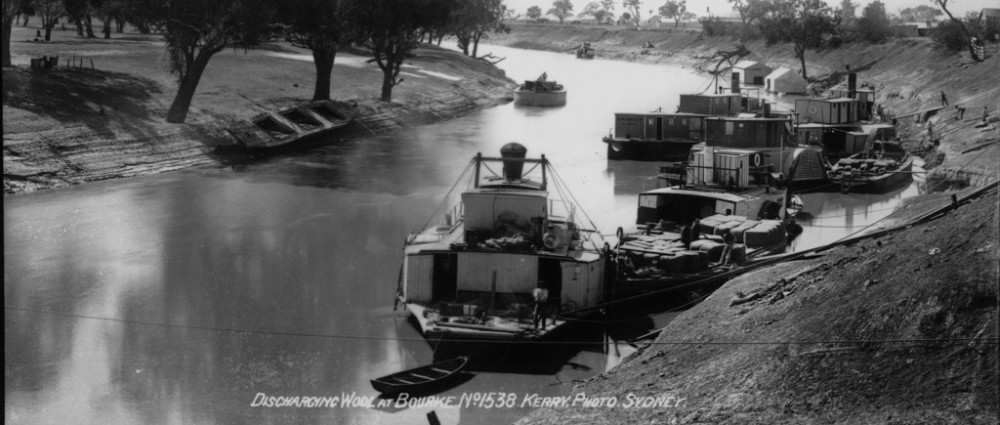Residents of NSW Vol. 3
To compile this database I have used the following :- Votes and Proceedings of the NSW Legislative Assembly and the Journals of the NSW Legislative Council for many but by no means all of the entries. The yearly Blue Books of Parliament are of particular research value whilst the Votes and Proceedings contain hidden gems. For example, a list of fishermen fined for having undersize fish or no license or using insulting language to Fisheries Inspector. Applicants for oyster leases and the location; pensions for widows and dependents of policemen and others. A listing of medical practitioners and their qualifications and where and when they were obtain . Details of entries for persons contracted to carry the mail showing for example ‘Patrick Egan of Cooma who received £85 pa for the conveyance of mail 30 miles on horseback once a week between Cooma & Buckley’s Crossing via Woolway & Jejizrick’
Selected entries from the Electoral Rolls for Northumberland and Hunter 1851 – 52 and the Upper Hunter 1878 – 79 showing name, location and nature of the qualification to vote, i.e. freehold, residence, dwelling house etc.
The records of the Department of Lands for 1900 not only provide names, positions, salaries and allowances but also the dates of birth of their employees as well as date joined the Department and date appointed to current position. An extract from the listing of V.&P. of 1894 – 95 shows pensions granted to Officers who retired from ill-health. The Votes & Proceedings Blue Book of 1890 provided the names of those appointed as Guardians of Minors to give consent in cases of marriages in NSW. The Return of Conditional Purchasers Disallowed between 1862 and 1863 provides interesting reasons for their being disallowed. For example Margaret Corrigan of Broulee application for 50 acres was refused on the grounds ‘ A wife in her husband’s life time being disqualified from making a conditional purchase.’
The Police Gazette provides a wealth of information regarding apprehensions, warrants, stolen or lost property etc. Likewise, the Government Gazette is also a source for the names and occupations etc of NSW residents.
The list of those holding a license to sell stamps provide the full address of many shopkeepers sometimes not always available in PO Directories. There are 2269 listed as such to date. I have used a number of post office directories for some towns and places which may not now be found as such. Country Post offices directories published by Meyers, Sands, Bailliere and Raymond for years 1832, 1867, 1878, 1881 and 1889 are listed. Selected extracts from Sydney and Newcastle Directories are included. The 1898 Country Directory of Trades persons provides the names and occupation of many residents of country towns whilst Wise’s Commercial directory for 1900 adds to these names. The latter also lists the names of Stations and the owners of Runs having over 2,000 sheep or 500 head of cattle. As an aside the number of properties owned by the banks is a indication of the devastating effect of the so called ‘Federation Drought’ of 1895 – 1903 which destroyed half the continent’s sheep.
In many listings the town or place listed has since disappeared. In other cases the place names refers to a topographical feature such as a creek, plain or hill. Thus in the list of publicans and their hotel the name of the hotel may appear for example as ‘Boundary Hotel, Stinking Lagoons, Bourke Licensing District ‘. In a number of entries I have also included the Aboriginal meaning for the place or town name ,for example Barraba . Abor. meaning ‘place of the yellow jacket trees’.
For some entries, in particular in the Civil Service records the ‘town or place’ is not stated. This is particularly so for records relating to Railways employees. In these entries I have assumed the default place of employment is Sydney. In others recorded as ‘Not stated’. The entries from the Post Master General Department whilst nominated in the database as ‘place’ are in many cases the place of employment i.e post office rather than place of residence.
The Civil Service records of the NSW Public Service for 1885 has the names of over 3000 employees of the NSW Department of Education. The names and the schools for teachers, pupil teachers, probationary teachers, itinerant teachers, mistress and School Attendance Officers together with their classification are listed. Many of the schools have long since disappeared or closed but may be of interest for those whose ancestors were teachers.
For the data sourced from the ‘Return of Sudden Deaths, or Deaths by Accident or Violence on which Coroner’s Inquest or Magisterial Inquires have been held’ the name of the place of death for many is that of a properties or just the river or creek. For example – ‘Near Golgol lake, 30 miles from Wentworth; committed suicide with a razor whilst in a state of insanity.” Other databases sourced provide lists of orphans and their placement in 1862, 1863 and 1870.I will leave it up to the researcher to draw their own conclusions from this list. Minsters of various churches and their salaries.
I have also now included particulars relating to Singleton residents who served in the Boer War and the Great War , 1914 – 18
For those who are interested in their convict heritage I have digitized the Convicts Indents for the 3rd Fleet . I have listed place of trial as ‘Place’ and date of arrival as ”year’
Some lateral thinking is required when you search these databases.
For links to year(s) see here.
Payment of $10 if using bank transfer or $13 if using Paypal.me/TCallaghan
Commonwealth Bank BSB 062599; Account: 28000895; Account Name; D C Callaghan
An example is listed below.
